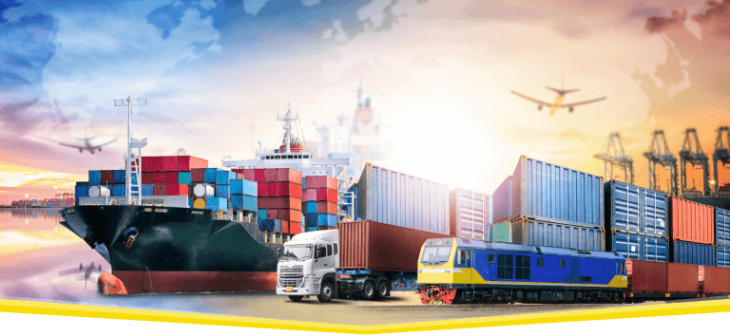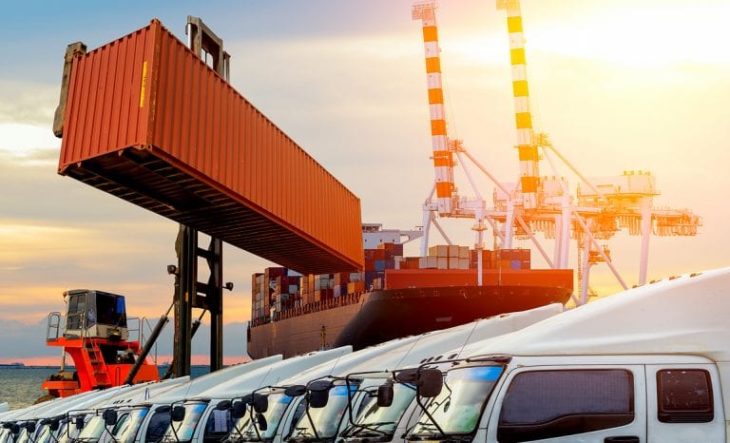In the recent past, the value of logistics has tremendously grown. Professionals in the industry can no longer go about standard operations. Moreover, the days of lulls and peaks are no more.
Future trends in the logistics industry will aim to respond to the rise in customer experience movement. Here are the top five trends that will dominate the years to come in the logistics sector:
Contents
1: More Businesses to Pursue Omnichannel Strategies
In the near future, more supply chains will pursue omnichannel strategies to eliminate disparate systems and inconsistencies thus creating a cohesive experience for clients.
Upping their omnichannel ecommerce game will see businesses remove unnecessary components from their supply chain to shorten the product delivery cycle. 2019 and onwards, expect companies to feel the pressure and swing into the omnichannel medium from their conventional distribution models.
For more information about omnichannel, you can visit here.

Img source: www.a2bwl.com.au
2: Historical Data-Based Planning To Shorten Delivery Cycles
Currently, most logistics companies are still sitting on piles and piles of data. Those that opt to unlock the data gold mine will gain crucial insights of their operations that’ll go miles in not only increasing efficiency but also cut down on logistics costs. Manual route planning leads to overhead logistics costs and inefficiency.
The best attribute about new age solutions is the fact they offer automated delivery routes after they consider the following:
- Various real-life constraints
- Current historical data such as delivery times, stop durations, vehicle type, shipment type, shipment volume, and traffic
With last-mile deliveries turning out to be the differentiating factor, companies will shift their focus to automated optimal routes, which increase efficiency and reduce human dependency in the supply chain.
3: Supply Chain Visibility Will Increase
Supply chain visibility refers to the utilization of monitoring and tracking mechanisms to promote integrity and increase transparency throughout the entire supply chain.
It will increase to meet the rise in demand for transparency and mitigate conflicting corporate interests. With transparency becoming a highly important aspect of client experience, businesses will put more emphasis on raising the operation’s visibility.

Img source: marketingdonut.co.uk
4: More Companies to Embrace Tech
As an industry, logistics has been laid back in terms of embracing new tech. however, in the recent past and moving forward, things seem to be different. Major industry players have now started initiating changes to the logistics business models. Things such as automation of processes, online booking, and freight transparency are going high tech.
By adopting new technologies, logistics companies will gain competitive advantages over their rivals. In the future, you can expect larger conglomerates to partner with tech partners with the aim of adding innovation to their operations.
5: Elastic Logistics to Emerge
Elastic logistics is basically the ability of logistics and sourcing providers to shrink and expand their capabilities across different geographies in response to social-political changes, changing consumer preferences, demand, and market fluctuations.
During special occasions or festivals, the usual supply-demand cycle of products escalates.
For instance, during the Diwali season, e-commerce retailers and players face a sudden rise in demand. As a result of the surge in demand, companies either increase hours of work to existing personnel or hire additional staff. The spike in demand during special occasions means that there’s a great chance of predictions going sideways. In such situations, a shortage of staff affects deliveries.
Img source: jabil.com
An overabundance of workers, on the other hand, leads to additional operating costs for the business.
Summary
In summary, here are the top five logistics trends that’ll dictate the future:
- Transport companies to focus more on automated optimal routes
- Businesses to emphasize more on increasing operation’s visibility
- There’ll be the emergence of elastic logistics
- Planning that’s historical data-based to shorten delivery cycles
- Omnichannel supply chains to become standard
